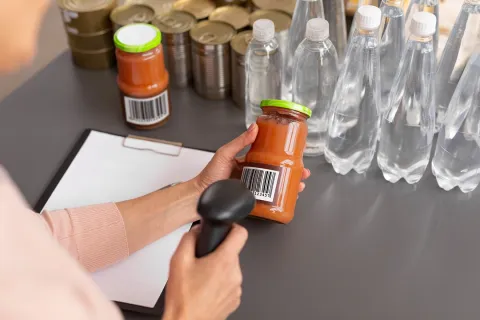As it has been known, for medicines, EMEA require certain documents (including the Summary of Product Characteristics (SmPC), the Patient Information Leaflet (PIL), and labels) which should be submitted in English as a first draft for necessary approvals. If there are any changes required in the draft version, they should be executed and resubmitted in the English draft. Upon approval of the English version, a country-specific local language version should also be prepared. This is known as the Linguistic review process.
For the linguistic review from Day 1 to Day 277, a step-by-step method is followed until the European Commission finally takes a call on whether to grant the final Marketing Authorization approval or not. Here is the process:
- As a first step, on Day One, the Marketing Authorization Applicant submits SmPC, PIL and Label in the official language (i.e., English)
- Once a thorough check is conducted, the Agency returns the application with necessary comments
- The challenge now for the applicant is to reply to the Agency’s comments within one working day
- Upon receiving the revised version, the Agency will then verify the documents and send them for further review to the members of the Quality Review of Documents (QRD).
- Going forth, depending on the quality of English texts, the Agency may call upon QRD members, the representatives of Member States and if necessary, applicants as well, in order to gain a comprehensive review of various language, style and template-related issues
- Finally, it is determined whether the English version is harmonized or not.
Time-critical Language Translations
Once the English version of the application is set to be final (and once it completes all the necessary scientific assessments), the applicant will have only 5 days to translate it into all the 23 European languages. That’s indeed a time-critical process, isn’t it?
However, the process doesn’t end there. The translations will further have to be submitted to the personnel of Member States and QRD members and may even go for one more review cycle with additional commentary and revisions by the applicant. Upon agreeing with the translations, the Agency may then submit the SmPC, PIL or Label texts to the European Commission for final market authorization approval.
An error-free linguistic review is the highest and the safest call to avoid liabilities such as product recalls and lawsuits which can eventually lead to huge monetary setbacks and time lags. Considering the European Union has a broad spectrum of linguistic diversity, posing credible challenges in translation, here are a few pointers you need to look out for, before beginning your work and throughout the linguistic review process:
- Begin early (than pre-opinion stage 180 days), as the timelines provided for translations are stringent (as less as 5 days, if you initiate the process on Day 0) and have an idea of entire process
- For a new application, at submission and during assessment, all documents must be submitted only in English for review in pre-opinion stage
- After pre-opinion review, documents which need translation in all recognized official languages in post-opinion stage are:
- Summary of Product Characteristics (SmPC)
- Patient Information Leaflet
- Packaging and Labeling Texts
- Proofread documentation with local linguistic expert to avoid reworks and comments from Technical Labeling reviewing authorities and save redundancy time
- Ensure the documentation is translated into all recognized languages (including Norwegian & Icelandic)
- Stay on the lookout for review comments from the individual Member States in order to incorporate changes, as the MAH’s do not claim responsibility correct documents. Make a mental note to work on your corrections well before the final submission is due.
Beyond the scope of this discussion, there is a detailed and complex procedural approach based on product, target market and other factors. Though the EMA suggests that applicants work on translations with second English versions, getting in touch with the Regulatory language experts can pose challenges at times. In such a scenario, a Regional Labeling consultant with end-to-end Regulatory expertise will prove optimal to guide you through compliant documentation procedures.










